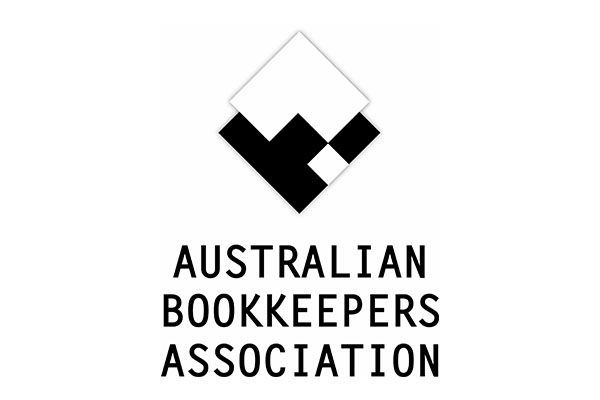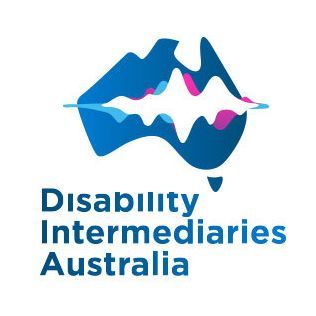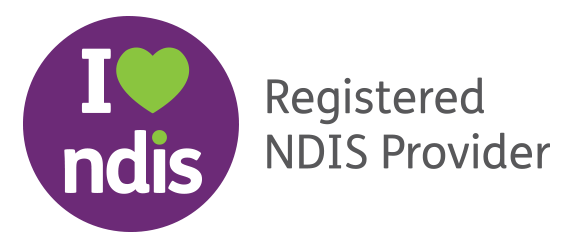Participant Enquiries
A Guide to Enhancing Support for People with Disabilities Through Visuals
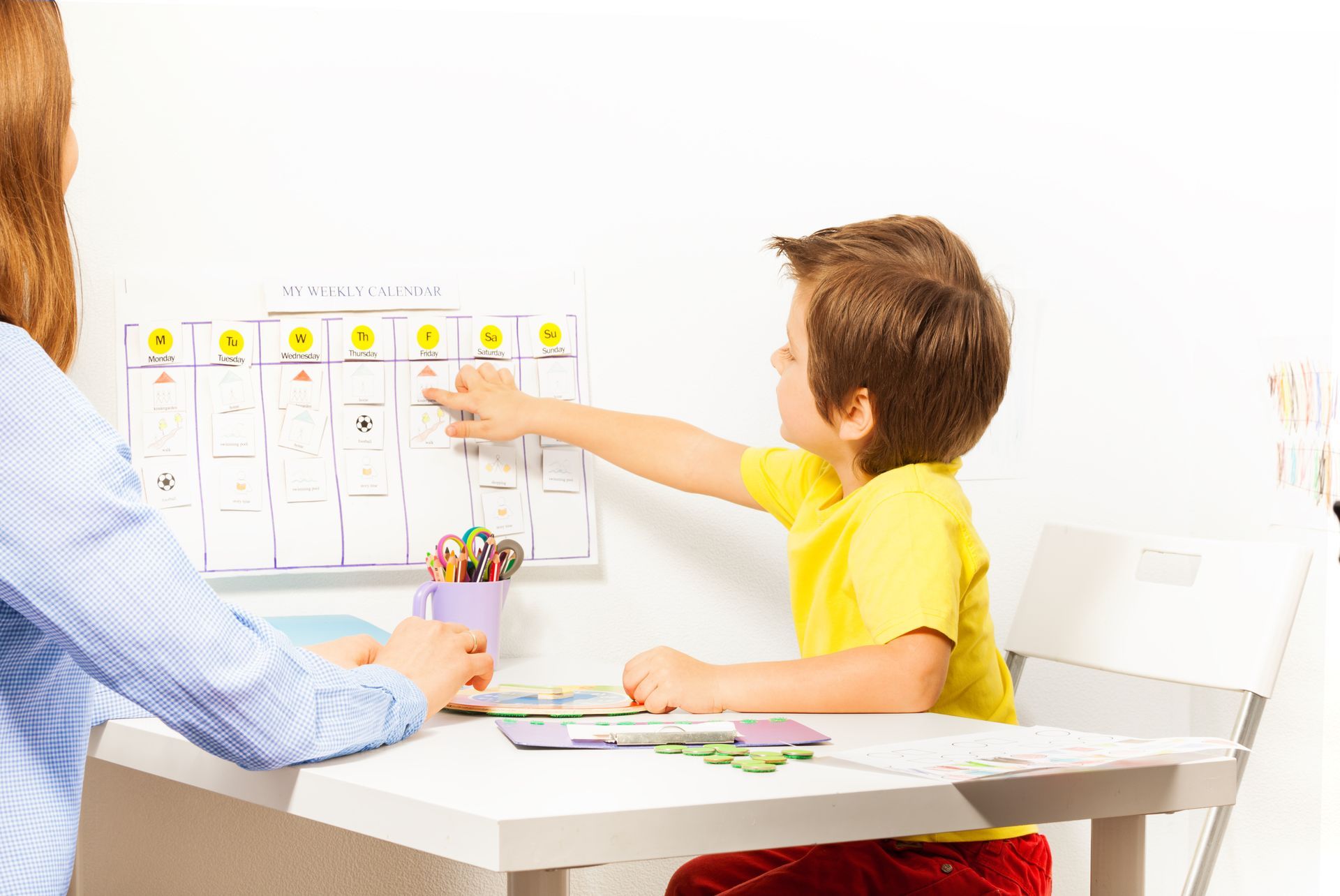
In today's world, accessibility and inclusivity are more important than ever. For people with disabilities, effective communication is a cornerstone of support and empowerment. One powerful tool that can significantly enhance this communication is the use of visuals. Visual aids can bridge the gap between understanding and misunderstanding, offering clarity, comfort, and confidence. This guide explores the benefits and strategies for using visuals to support individuals with disabilities.
Why Visuals Matter
Visual aids are not just decorative elements; they are essential communication tools. Here's why they matter:
Enhance Understanding
Visuals can simplify complex information, making it easier to grasp. For people with cognitive disabilities, visual representations can turn abstract concepts into concrete images.
Aid Memory
Visuals can help in retaining information. People with disabilities might find it easier to remember tasks or instructions when they are presented visually.
Improve Focus
Visuals can capture and maintain attention, helping individuals stay engaged with the content.
Promote Independence
Visual aids can empower individuals to perform tasks independently by providing clear and accessible instructions.
Types of Visual Aids
Various types of visual aids can be utilised depending on the needs and preferences of the individual:
Visual Schedules
These are particularly helpful for individuals with autism. A visual schedule provides a clear outline of daily activities, reducing anxiety and promoting independence.
Instructional Videos
Videos can demonstrate tasks step-by-step, making it easier for individuals to follow along and understand the process.
Flashcards and Icons
Simple, easy-to-understand images can be used to convey messages, instructions, or concepts quickly.
Social Stories
These are short, descriptive stories that explain social situations and appropriate responses, aiding in social skills development.
Picture Exchange Communication System (PECS)
This system allows non-verbal individuals to communicate their needs and wants using pictures.
Implementing Visual Aids: Best Practices
To maximise the effectiveness of visual aids, consider the following best practices:
Customise to Individual Needs
Tailor visual aids to suit the specific needs, preferences, and abilities of the individual. What works for one person might not work for another.
Use Clear and Simple Images
Avoid cluttered or overly complex visuals. Clear, simple images are easier to understand and remember.
Incorporate Routine
Integrate visual aids into daily routines to create consistency and predictability, which can be comforting and empowering.
Combine with Verbal Instructions
Use visual aids alongside verbal instructions to reinforce understanding. This dual approach can cater to different learning styles.
Regularly Update Visuals
Ensure that visual aids are kept up-to-date and relevant. Outdated or irrelevant visuals can cause confusion.
Encourage Engagement
Involve individuals in creating or choosing their visual aids. This involvement can increase their engagement and ownership of the process.
Real-Life Applications
Education
Teachers can use visual schedules and instructional videos to support students with disabilities in understanding their daily tasks and learning new skills.
Workplace
Employers can create visual guides for tasks, safety procedures, and workplace policies to assist employees with disabilities.
Home
Families can implement visual schedules and PECS to support daily routines and communication at home.
Healthcare
Healthcare providers can use visual aids to explain medical procedures, medication instructions, and health management plans.
Conclusion
Visual aids are a powerful tool in enhancing support for people with disabilities. By improving understanding, aiding memory, and promoting independence, visuals can transform the way individuals interact with the world around them. Implementing visual aids thoughtfully and effectively can lead to a more inclusive and empowering environment for everyone.
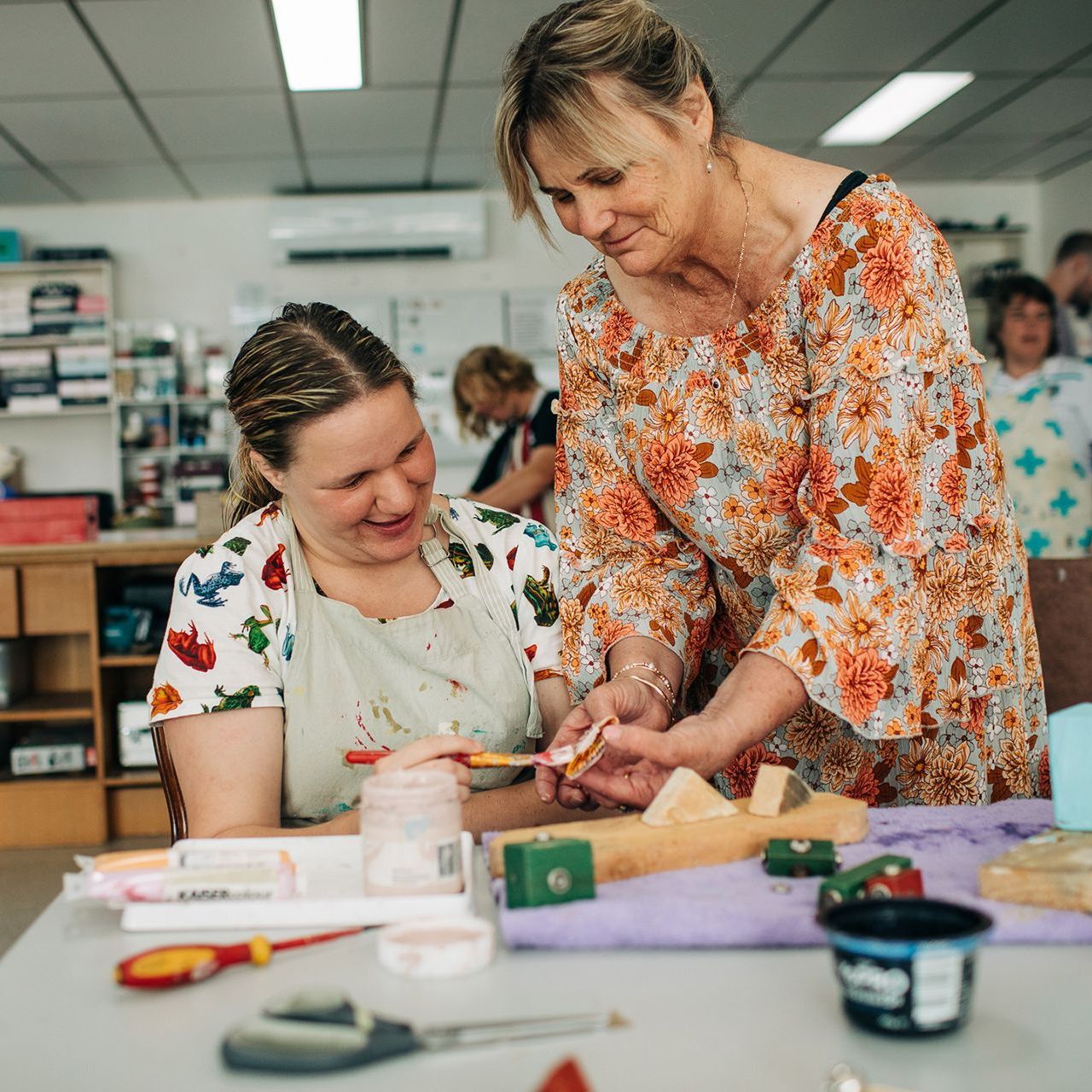
NDIS Plan Management and Support Coordination
At Empowrd, we are here to make your life easier. Based in Port Lincoln on the Eyre Peninsula, we offer a personal, accessible and holistic approach to NDIS Plan Management and Support Coordination.
We provide Plan Management services across Australia, assisting with financial administration, and offer Support Coordination to participants in Port Lincoln and Eyre Peninsula, connecting them with the right supports and providers. Our goal is to ensure your NDIS plan works for you, so you can focus on achieving your goals and doing what you love.
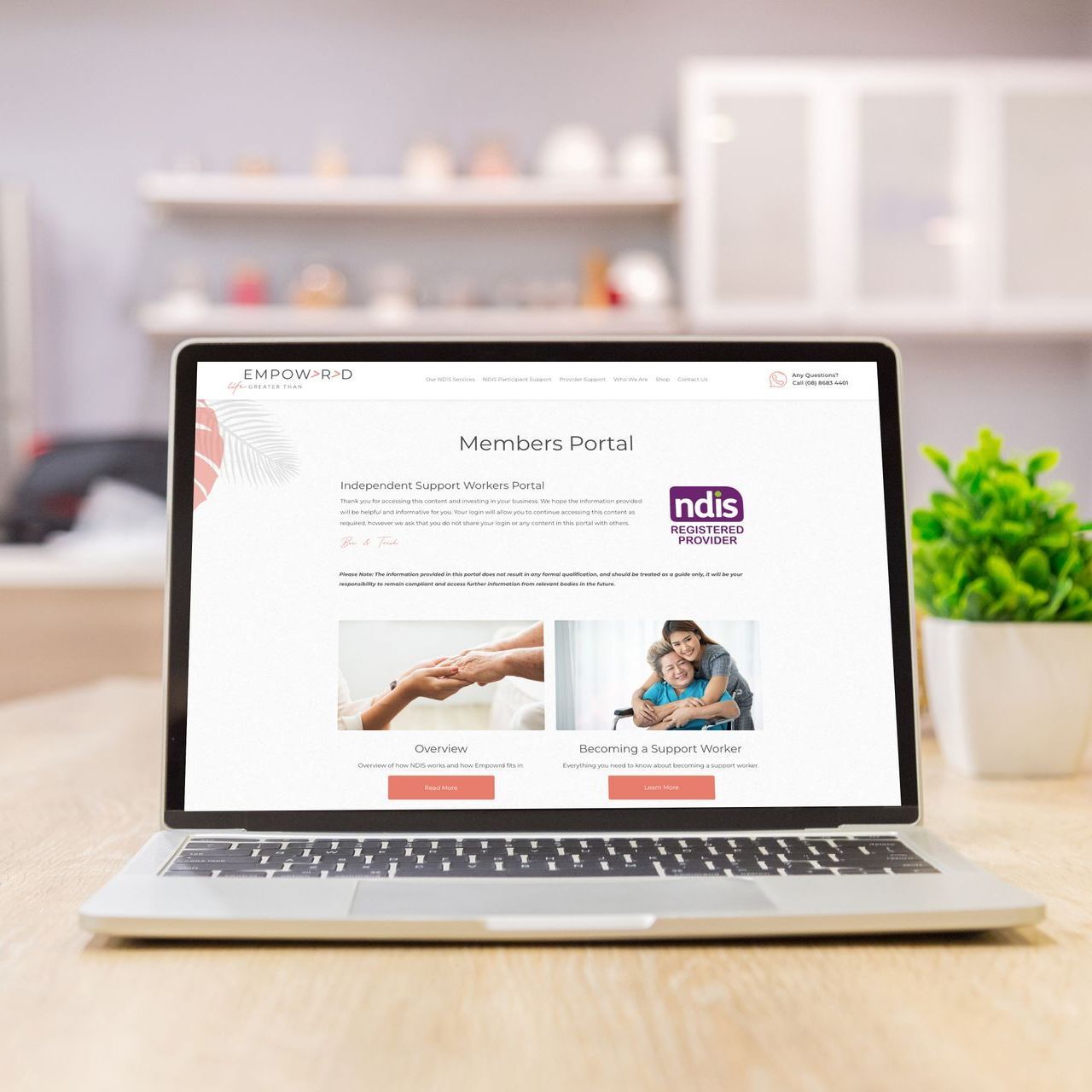
Want to Become a Support Worker?
Our Independent Support Workers Education Portal provides everything you need to navigate the NDIS, find work, and confidently offer services as an Independent Support Worker. For just $65, you will gain access to comprehensive guides, essential resources, and ready-to-use templates to streamline your work.
Inside, you will find:
- A clear breakdown of how the NDIS works
- Tips for finding jobs and delivering services
- Step-by-step guidance on invoicing and support planning
- Ready-to-edit templates for quotes, service agreements, invoices, and case notes
Need just the templates? You can also purchase them separately as standalone resources.
I hope you enjoy reading this blog post.
If you are ready to be Empowrd to live your life to the fullest, let us steer you on the right path.
Be EMPOWRD to Live Your Best Life
If you’re ready to be empowered to live life on your terms, we’re here to help guide the way. At Empowrd, we offer a personal, accessible, and holistic approach to NDIS Plan Management and Support Coordination. We’ll ensure your plan works for you, allowing you to focus on your goals and the things you love most.















